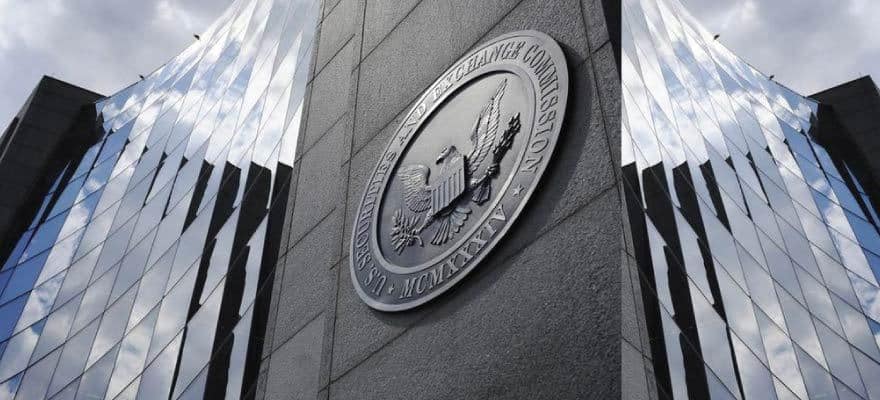
Exploring the Impact of Stablecoins on Cross-Border Payments: Insights from CPMI Report
The Committee on Payments and Market Infrastructures (CPMI), part of the Bank for International Settlements, has released a comprehensive report that delves into the potential use of stablecoin arrangements (SAs) in cross-border payments. This report serves as a critical examination of whether well-designed and properly regulated SAs, complying with all relevant regulatory requirements, could bring improvements to cross-border payment systems.
A properly designed and regulated SA is defined as one that fully adheres to all relevant regulatory risk management requirements for each of its functions. The report highlights the importance of observing standards established by organizations like the Financial Stability Board (FSB), the CPMI, the International Organization of Securities Commissions (IOSCO), and the Financial Action Task Force (FATF). While the prospect of such well-regulated SAs offers promise, the report acknowledges that currently, these do not exist.
The financial world has been witnessing substantial efforts in developing standards and frameworks for the regulation, supervision, and oversight of stablecoin arrangements. Bodies such as the CPMI and IOSCO have issued guidance, while the Basel Committee on Banking Supervision has outlined the prudential treatment for banks’ exposure to cryptoassets, including stablecoins. The Financial Stability Board (FSB) has issued high-level recommendations on regulating global stablecoin arrangements. This coordinated work is essential to address the complexity of these financial instruments.
The report emphasizes that the use of stablecoins, specifically those denominated in a single fiat currency or pegged to one, has the potential to make cross-border payments faster, more affordable, transparent, and inclusive. However, it also highlights that the use of stablecoins in cross-border payments comes with a range of challenges and risks, including the risk of concentration, inconsistent access to on- and off-ramps, and the lack of coordination and consistent regulation across jurisdictions.
As the report underlines, central banks play a crucial role in understanding the implications of well-regulated SAs for their objectives related to safe and efficient payment systems, monetary stability, and financial stability. This involves careful consideration of the impact on the resilience of domestic financial systems and the potential interference with public policy objectives.
In summary, while the use of stablecoins in cross-border payments holds promise, there are substantial challenges and potential drawbacks that require careful regulatory oversight. Additionally, international coordination is vital to ensure that regulatory standards are consistent and prevent regulatory arbitrage. Further work in the areas of international cooperation, the implications of multi-currency SAs, and the interplay between stablecoins, central bank digital currencies (CBDCs), and multilateral platforms is essential to address the complexities of cross-border payments and maintain financial stability. This report serves as an important step in understanding the implications of stablecoin arrangements in cross-border payments, especially with the differing impact they may have on emerging markets versus advanced economies.





